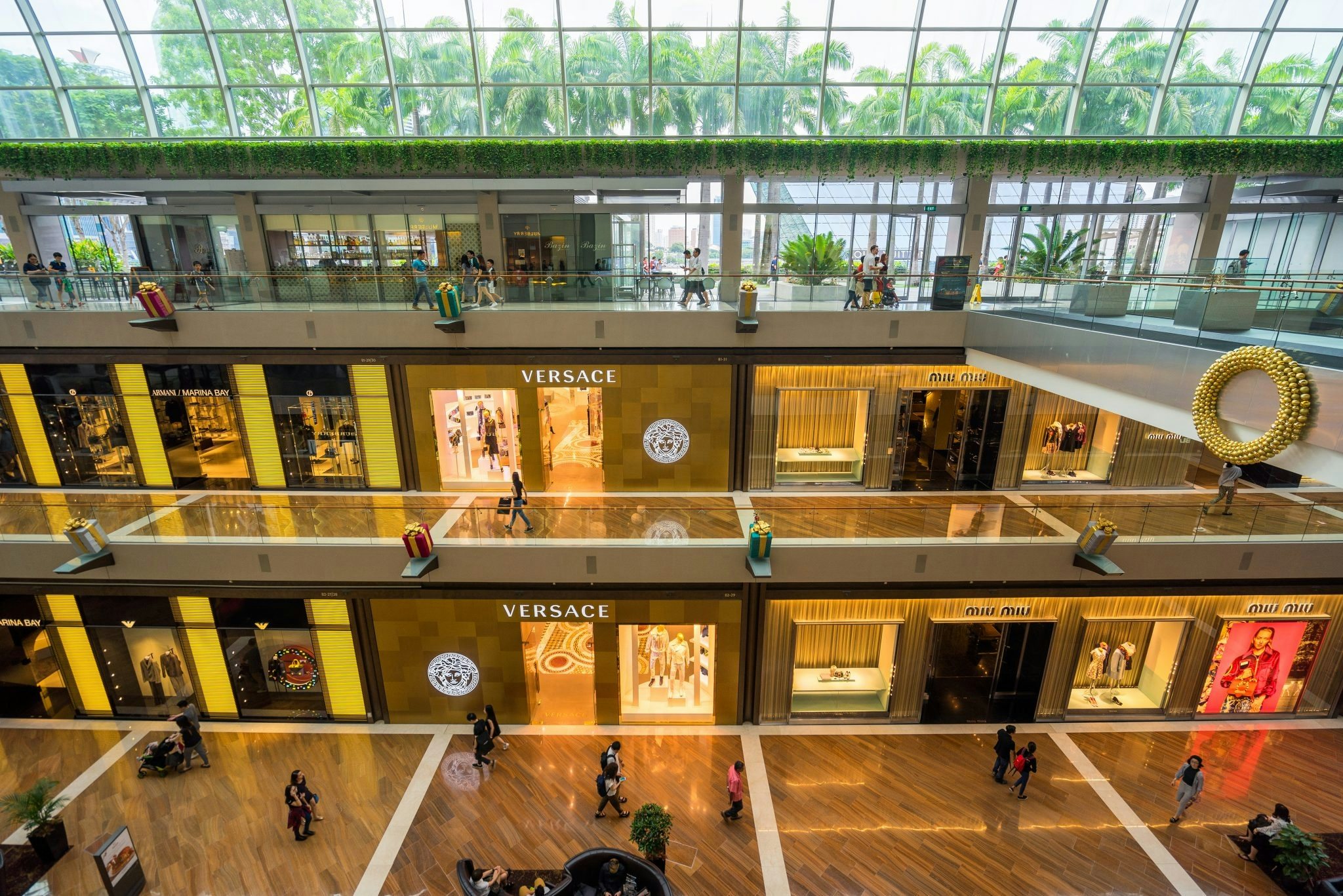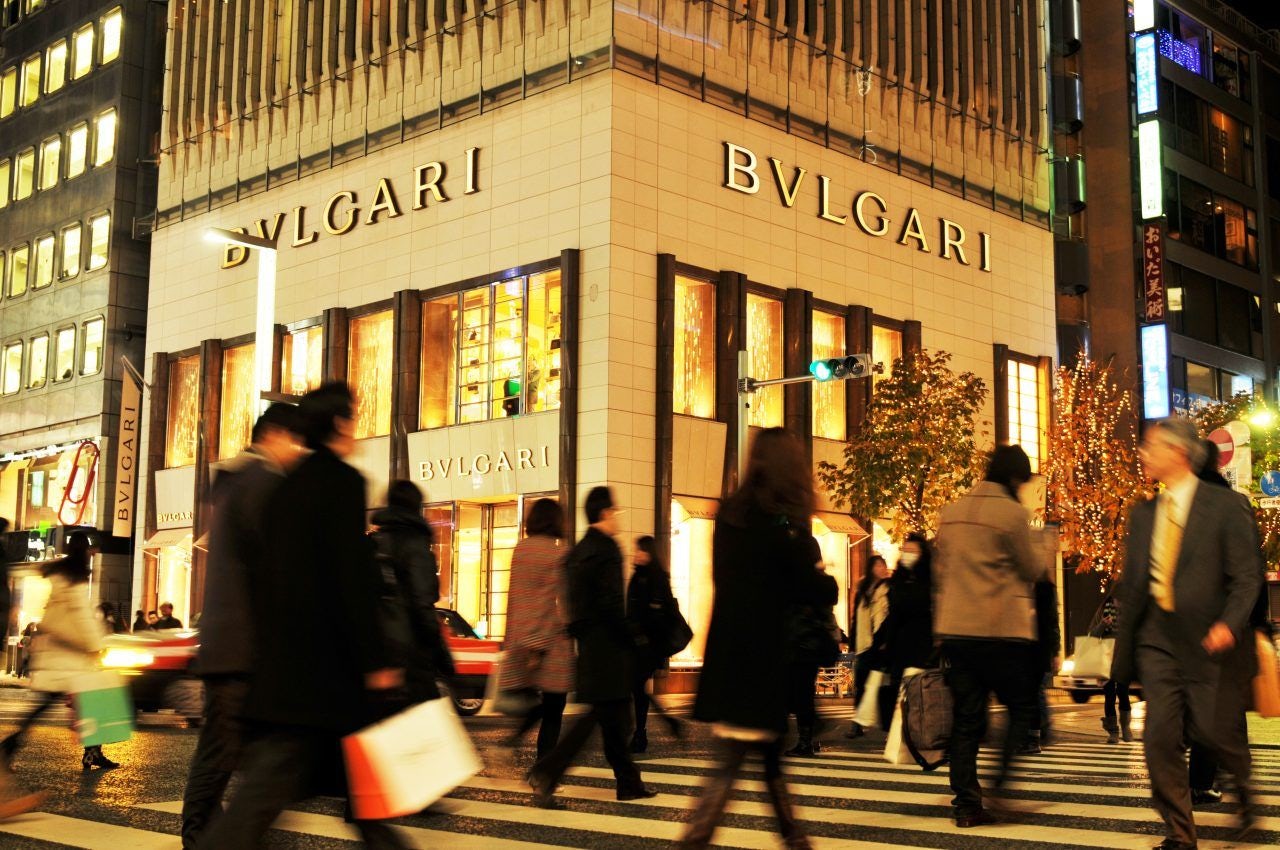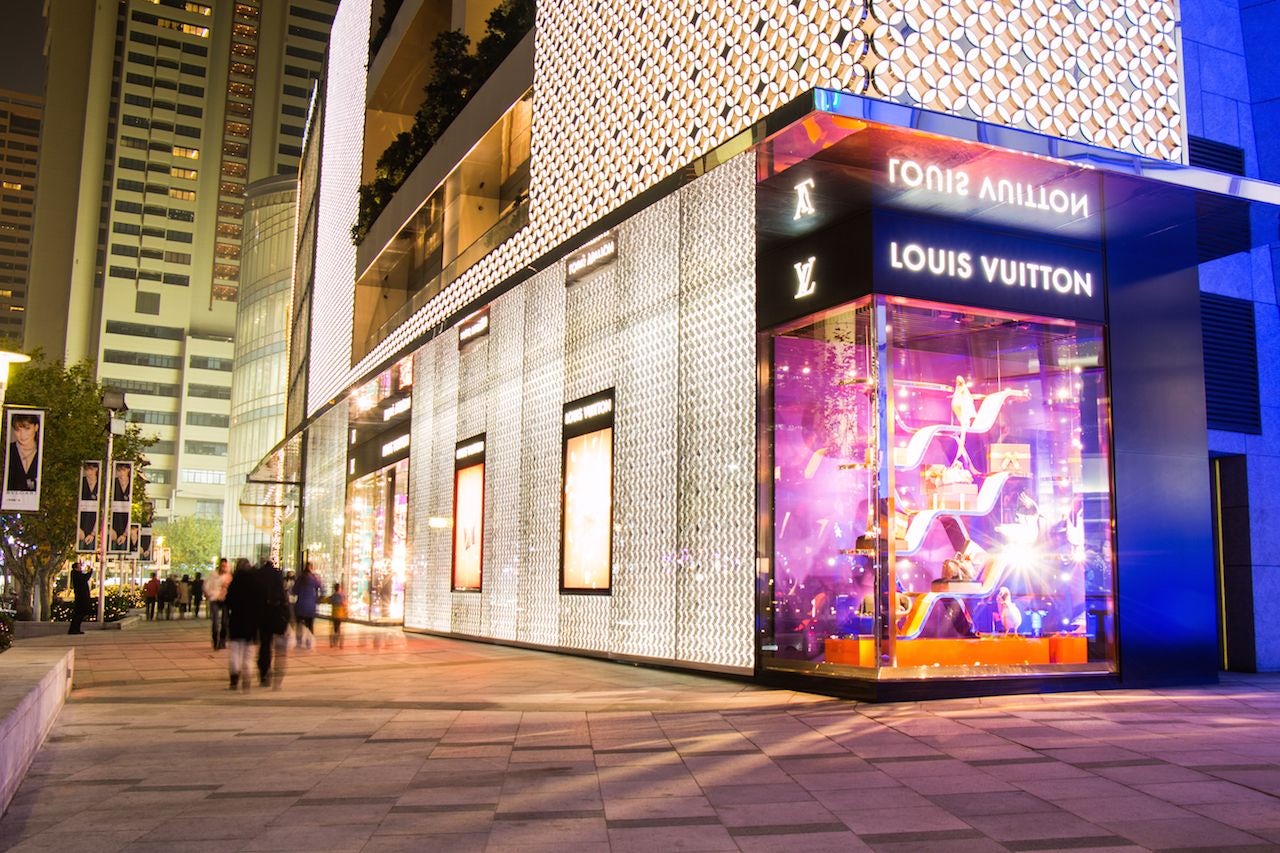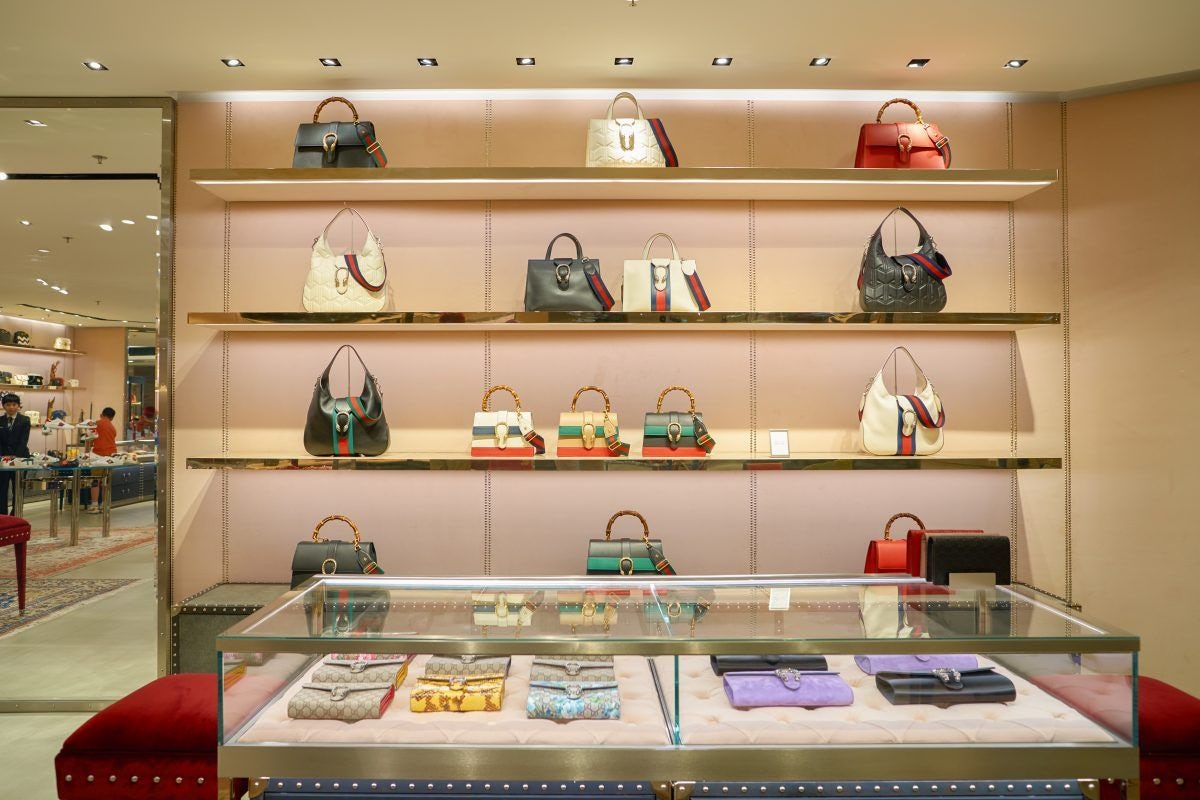The rapid maturation of Chinese luxury consumers in the fast-changing domestic retail environment has fundamentally changed the way that global luxury brands grow their business, according to a new report titled "The Strategic Perspective on Luxury Goods", published by the French investment bank Exane BNP Paribas on October 13.
These days, many traditional ways of developing luxury business are no longer effective. Author of the report Luca Solca believes Chinese luxury consumers, who have increasingly become the core of the market over the past 15 years, have drastically influenced the retail industry.
"The growth paradigm based on space and price inflation no longer works," he said.
The power of Chinese luxury buyers is formidable. The consulting firm McKinsey recently predicted that the group is expected to spend 150 billion on luxury items by 2025, amounting to almost 40 percent of the global luxury market.
First and foremost, the strategy of "fast retail network expansion" is no longer functional for luxury brands globally nowadays as the demand is low. The report said "China today has enough stores, and the industry as a whole is now facing significantly lower retail space growth opportunity".
In fact, China has led the wave of the luxury store closings around the world over the past several years. The over-expansion by brands in China previously is only one cause of the trend. What drives it most is the hype interest by the digitally-savvy Chinese consumers purchasing goods on all kinds of e-commerce platforms. Therefore, turning a blind eye on the change will lower the space productivity.
In addition, price inflation is obsolete as the diversification of Chinese luxury consumers has led the demographic as a whole to be much less sensitive to this strategy. The report explained, "middle-class Chinese consumers have significantly lower discretionary spend power than the rich early adopters. The present demand environment is not—and will not be—conducive to high price inflation."
The findings are also confirmed by Bain & Company, a leading consulting firm, in a recent report in collaboration with Alibaba-backed Chinese domestic flash sales website Mei.com. China's middle-class luxury shoppers are highly budget-wise and price-sensitive, according to the report. In the latest press call with Jean-Jacques Guiony, chief financial officer (CFO) of the luxury conglomerate LVMH, he also revealed that price inflation strategy had little impact on the group's fast growth in the Chinese market over the past quarter.
Moreover, the constant thirst for new products and designs that is demanded by Chinese luxury shoppers has accelerated the innovation cycle by luxury brands. Going forward, the report believes that innovation is an imperative task for luxury brands if they hope to stay in line and up to par with Chinese consumers' evolving tastes.
"Rich Chinese early adopters are normalizing down their product expenditure and shifting instead to services. Their wardrobes are full of icons," wrote Solca. "Newness and affordability are crucial. New products and new ideas are indispensable for them to part with their money."



